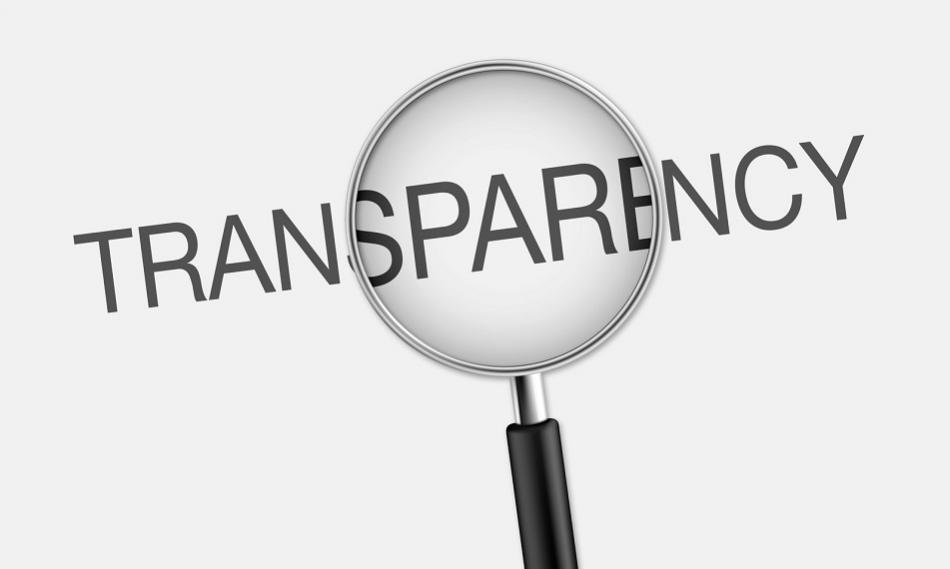New economic modelling shows Australia’s economy will double by 2050 if it transitions to net-zero emissions.
The report, Zero Greenhouse Gas Emissions by 2050: What it means for the Australian Economy, Industries and Regions, by the highly respected Centre of Policy Studies (CoPS) at Victoria University, compares two scenarios: business-as-usual (BAU) and a transition to net-zero emissions by 2050, using currently available technology.
It comes after the Federal Government released its modelling where it outlined a 75% reduction in emissions while the remaining 25% was to be achieved by yet-to-be developed technological innovation.
The CoPS report shows that even with a commitment to net-zero emissions, the Australian economy will continue to grow strongly at an average of 2.56% per annum, just 0.03 below a BAU approach.
“The cost of Australia transitioning to net-zero emissions by 2050 has plummeted by 80% in just eight years thanks to a rapid decline in the cost of renewable energy and electric vehicles, and the emergence of new green technologies,” report author economist Professor Philip Adams said.
The report highlights under a net-zero emissions transition, every region in Australia will continue to grow, and in 42 out of 88 regions, economic growth will be better off compared to a BAU scenario (see CoPS’ map depicting the deviation in Gross Regional Product growth by 2050 because of net zero emissions).
It identifies 9 out of 88 regions where production and employment growth is more constrained because of a net-zero emissions policy. Growth is still expected in these regions, but at a lower rate compared to the BAU scenario.
The modelling takes a conservative approach; it is based on today’s technology and industries, and requires government policy intervention. Importantly, the modelling does not include the possible effects of slowing climate change such as savings from less frequent extreme weather events and fires.
Professor Adams said actually transitioning to net-zero represents value for money for Australia.
“Cutting greenhouse gas emissions is like buying an insurance policy. We incur a small decline in the growth in GDP in order to limit the potential impact of catastrophic climate change,” he said.
The cost of Australia transitioning to net-zero emissions has plummeted by 80% in just eight years thanks to a rapid decline in the cost of renewable energy and electric vehicles, and the emergence of new green technologies.
The modelling uses a price on carbon to incentivise transition to net-zero emissions.
“It will be very difficult for Australia to achieve net-zero without some price on carbon, whether that is explicitly through a carbon tax, or implicitly through costs imposed by regulation, subsidies for new technology or the removal of existing fossil fuel subsidies.” Professor Adams said. “But the task is getting much easier. Eight years ago, our modelling showed the effective price on carbon needed to be $285 a tonne to achieve net-zero – now it is at $151 per tonne.”
Professor Adams said that while the modelling showed net-zero would have an economic benefit or neutral effect on most of Australia, government support and transition strategies were needed for some regions.
“We know which industries and regions will see lower growth and with proper planning, resourcing and a long lead time, governments can invest in these regions to attract renewable energy industries, new green industries and invest in retraining and upskilling the workforce,” he said. “Not having these strategies or delaying the transition means the pain will be felt greatest in these regions with large coal, gas and petroleum industries.”
Some sectors will experience economic and jobs growth as a result of net-zero such as the forestry and renewable energy generation sectors. Forestry will grow at 93% with a commitment to net-zero compared to BAU, largely due to bio-sequestration (removal of CO2 from the atmosphere by plants).
If the pledges made at the COPS26 conference are delivered, the world will warm by an average 1.9 degrees by the end of the century.
The Centre of Policy Studies (CoPS), based at Victoria University, undertakes economic-modelling research for governments and businesses in many parts of the world. CoPS is the creator of Australia’s best-known large-scale economic models, versions of which have been developed for over 25 countries.
Philip Adams is a Professor of economics and a former Director of CoPS. With more than two decades of experience, Professor Adams has delivered modelling for the highly impactful Garnaut Climate Change Review, the Federal Treasury and, most recently, the Climate Council (Oct 2021).







